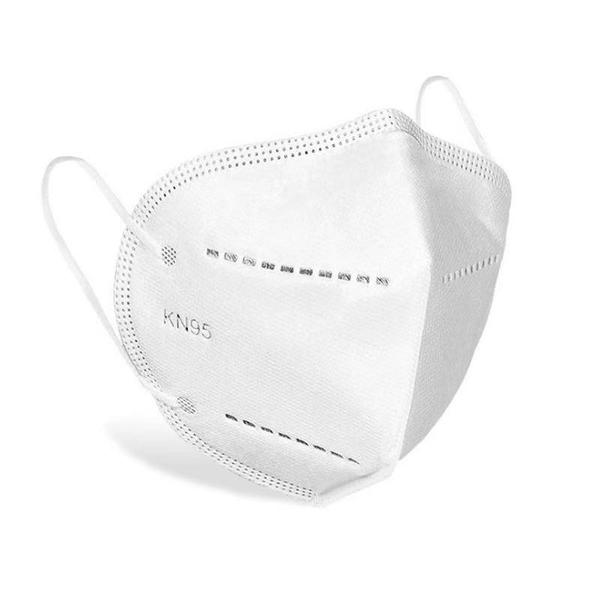
As the COVID pandemic grinds on, we have been fielding a flurry of questions about KN95 face masks. When can you use them? How do they perform? Are they safe?
The KN95 face mask is China’s equivalent to the N95 respirator used commonly in the U.S. and Canada. They are comparable in air filtering performance and protection. In light of N95 shortages, Health Canada has granted the KN95 emergency usage authorization. This means KN95 face masks can be used when N95 respirators are unavailable due to COVID demand. When compared side-by-side, KN95 face masks meet or exceed 95 percent filtration efficiency, performing comparably to N95 respirators.
There are a few key differences between N95 respirators and KN95 face masks. Most notably, KN95s feature earloops. This can affect mask usability, especially when outfitting workers with a variety of head sizes. We’ve found a few ways to make KN95s more user friendly.
Know your noggin.
Head size as well as ear placement can vary greatly from person to person. KN95 face masks are made in a variety of sizes, but sizes are rarely listed by the manufacturer. You’ll know your mask is too tight if it pulls on the ears or falls off when you talk or move your head. If the mask is too big, it will fit loosely, possibly compromising the protective seal.
Face mask not sealing? Try this.
Just like head sizes, nose sizes and shapes vary. For the best seal, form-fit your mask nose clip to your nose before putting it on, then use your fingers on each side of the nose bridge to contour the metal clip tighter to the skin. This will boost air filtering performance and help reduce eyeglass fogging. Make sure to look in a mirror for any gaps around the nose or under the chin.
Eyeglasses or safety glasses fogging up?
Surprisingly, eyeglass and safety glass fogging can still occur with a well-fitting mask. Exhaled air can leak out through the fabric, clouding your lenses and limiting vision. Here’s how to adjust your nose clip to reduce pesky fogging:
KN95 or surgical mask – what’s more effective?
Hands down, the KN95 does a better job of filtering airborne particles, protecting the mask wearer and those close by. The KN95 seals more tightly around the face – especially around the nose and chin (where most leaks occur). The KN95 also has more fabric layers, providing greater filtering power.
In lieu of N95s, can I use a KN95 for dust and particulate protection?
In most situations, yes, but you must properly fit test your KN95 per your existing Respiratory Protection Program. Just remember, the emergency use authorization is only applicable during the COVID crisis when N95 respirators are in short supply and you have exhausted all other respiratory options available.
Should I fit test all employees wearing KN95 masks?
If the employees are wearing KN95s solely for COVID protection, it’s not necessary. However, you need to conduct a fit test if workers are required to wear an N95 or KN95 in higher risk healthcare scenarios.
With this in mind, it is still a good idea to conduct at least one initial fit test on all workers wearing face masks. This will ensure employees are comfortable wearing their masks. Plus, it will give workers a guideline for how a properly fitted mask should feel and perform.
Will KN95s continue to be readily available?
Unfortunately, there’s no guarantee. Availability depends on many factors, including access to raw materials, manufacturing resources and timely shipping. We recommend stocking up on a generous supply of KN95 face masks in a variety of sizes before unexpected shortages occur. This will ensure you are prepared for crisis-use scenarios.
Does my face mask fit?


| Call Us : Sales & Service: (877) 747-7117 Corporate: (800) 434-7065 |